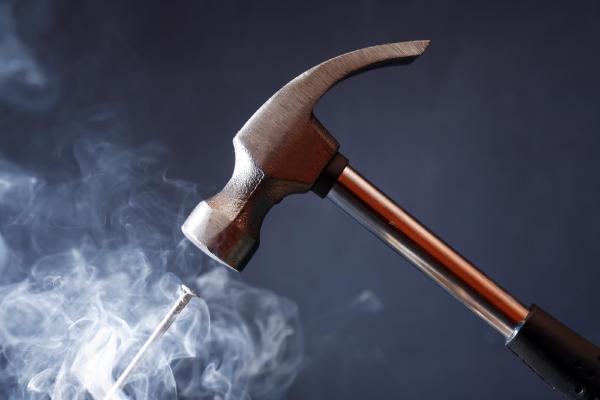
Author: Levent Özkan
In my role as Pre-Sales Director for Asia Pacific, I have had the chance to speak with supply chain executives across various industries. I have listened to their stories and learned about the challenges they face and the capabilities they need to succeed.
In every industry, I see opportunities for immense improvements of processes, performance, and profits through mathematical optimization solutions – and an ever-increasing number of supply chain companies are investing in such solutions.
One industry where I see many amazing opportunities for optimization is the tire manufacturing industry.
Tire manufacturing is a well established, but highly complex and competitive industry – and there are many big bumps and perilous potholes on the road to profitability.
To survive and stay ahead of the competition, tire manufacturers must be able to maximize on time, in full (OTIF) delivery for customers while minimizing inventory and costs. This is no easy task – and is practically impossible using (as most tire manufacturers do) manual planning techniques and tools like Excel.
Keeping production operations rolling along smoothly and customers happy requires supply chain synchronization and optimization; effective material and inventory management; cross-functional collaboration in planning and operations, and superior capacity utilization.
Integrated, automated supply chain optimization solutions can help tire manufacturers achieve these goals, by enabling them to optimize their planning, decision making, and execution across various areas.
Supply chain management tools can help tire manufacturers to resolve bottlenecks and keep supply and demand in balance. However, supply chain optimization software solutions can go beyond this by giving planners and other key stakeholders the capability to create the best possible plans and make the best possible decisions to reach their business goals.
I see many opportunities for optimization in tire manufacturing operations including:
- Supply chain network optimization: Many tire manufacturers are operating multi-factory production operations, and are incurring increased inventory, logistics, and material costs as a result of an inefficient distribution of orders to various facilities. If these manufacturers are able to generate optimal production plans based on forecasted demand, they can dramatically reduce costs by optimally assigning orders based on a variety of factors including customer location and mode of transport.
- Capacity optimization: Mathematical optimization solutions can produce optimal rough cut capacity plans that will enable tire manufacturers to balance their numerous conflicting constraints and maximize their resource utilization and customer satisfaction, and minimize their machine setup times, inventory levels, and overall costs.
- Scheduling optimization: Algorithmic planning and optimization solutions can also give tire manufacturers the ability to automatically create and revise – in a matter of a few minutes – detailed schedules for their entire production facilities for the next month or longer that foster synchronization among various processes such as mixing, curing, and tire building, and minimize setup times and production disruptions.
- Procurement optimization: There is a significant and often overlooked opportunity for tire manufacturers to optimize their procurement decisions based on the prices of the raw materials. For example, as prices of natural and synthetic rubber are constantly changing, tire manufacturers can take advantage of these price fluctuations by dynamically deciding to adjust the amount of synthetic or natural rubber that they are using in their products. Automating purchasing and production decisions based on real-time price and market data – rather than on the hunches of planners – can result in remarkable cost savings.
- Inventory optimization: Tire manufacturers typically have high levels of inventory. This safety stock serves as a buffer against supply and demand volatility, and ensures that these companies will always be able to deliver OTIF for their customers – especially original equipment manufacturers (OEMs). The problem is that inventory is incredibly expensive (an average factory can have millions of dollars of inventory sitting there, taking up precious space and capital). Optimizing inventory turns can provide a big boost to tire manufacturers’ bottom lines.
These are merely a few of the many opportunities for optimization that I see in the tire manufacturing industry. There are many others, including demand planning and order promising optimization, bill of materials (BOM) optimization, and workforce optimization. The opportunities are essentially endless…
More and more tire manufacturing companies are discovering that supply chain optimization software solutions can pave the way to greater productivity and profitability.
If you would like to see ICRON in action, please contact us. If you have enjoyed this blog, you can find more content that you might enjoy here.













